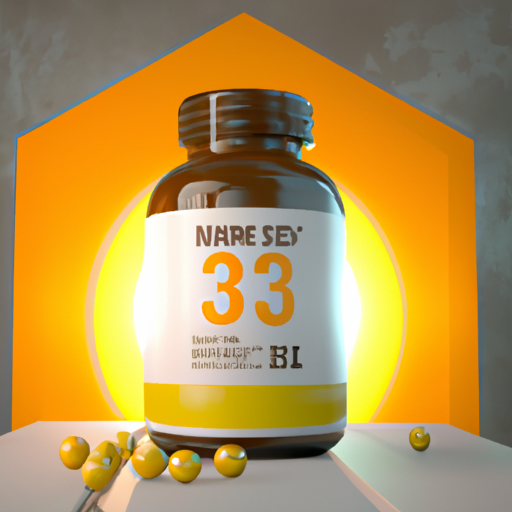1. Causes of a Niacin Flush
A niacin flush is a common side effect among those who take niacin, or vitamin B3, as a supplement or medication. It usually occurs within an hour of taking the niacin, and it is typically characterised by a tingling, burning or itching sensation as well as a red rash on the skin of the hands, feet, face and chest. While the precise cause of a niacin flush is not completely understood, it is thought to be caused by the dilation of small blood vessels near the skin’s surface, leading to increased blood flow, which triggers the sensation in the skin and the redness. Given that the severity of the flush can vary among individuals, it is important to discuss potential side effects and different dosages of niacin with a medical professional before taking the supplement.
2. Recognizing a Niacin Flush on Hands
Niacin flush is a common side-effect of taking high doses of niacin, a B vitamin. It occurs when blood vessels in the skin, especially on the hands, dilate, resulting in redness, itching, and tingling. Recognizing a niacin flush on hands can be difficult, but there are some telltale signs you should look for:
- A slight burning sensation in the affected area.
- Reddening of the skin, usually in the fingers and palms.
- Itching and tingling sensations in the affected area.
- A feeling of warmth in the affected area.
- A rash or hives on the affected area.
If you think you may be experiencing a niacin flush, it is important to consult your doctor right away. Your doctor can help you determine the cause of the flush and the best treatment for it.
3. Treatments for a Niacin Flush on Hands
The effects of a niacin flush on the hands can be distressing and uncomfortable. Fortunately, there are effective treatments available for those suffering from this condition. The first step in addressing the niacin flush is to identify the source of the cause. This may include reviewing any medications or supplements recently taken, as well as conducting tests to determine any underlying medical conditions that may be contributing to the reaction. Next, reduce or discontinue the use of niacin, which is the primary cause of the reaction. Additionally, topical treatments such as creams or lotions containing capsaicin may be used to help alleviate the symptoms. Lastly, antihistamines such as diphenhydramine may be used to reduce the severity of the reaction. Taking these steps should help reduce the discomfort associated with the niacin flush on the hands.
4. Benefits of Niacin Flush on Hands
Niacin flush hands is a natural way to treat skin conditions such as age spots and hyperpigmentation on the hands. It can also improve circulation and help reduce inflammation, which can help strengthen the skin and prevent wrinkles. Niacin flush on hands is a safe, non-invasive procedure that can be done by anyone at home. It involves rubbing niacin, or vitamin B3, into your hands, which causes a mild tingling sensation. This sensation is caused by increased levels of circulation and improved toxins’ removal from the skin, resulting in improved skin tone and overall health. Additionally, niacin flush can help reduce the appearance of wrinkles and other signs of aging on hands. Niacin flush can be done regularly, with no reported side effects. Thus, it is a great way to maintain healthy hands and enjoy their youthful look.





No Comments